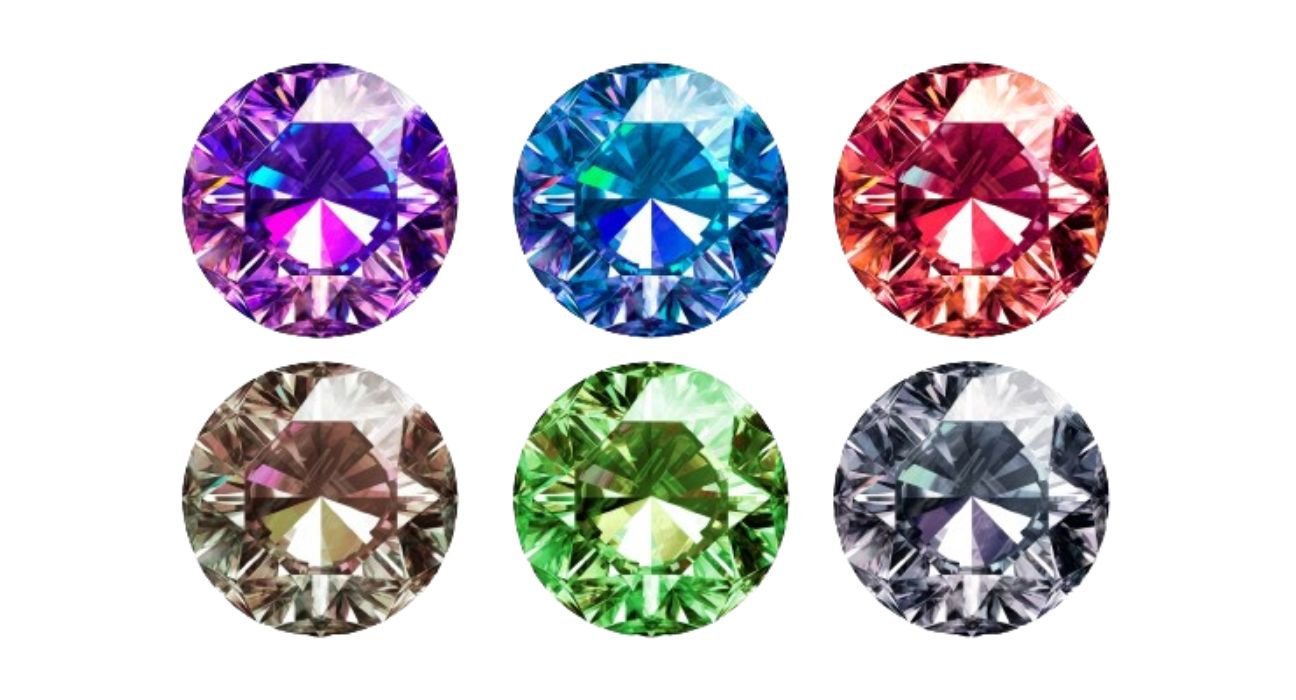Whenever a rare gemstone like the glistening diamond comes to remembrance, one’s mind is bound to drift to ‘colourless glory.’ Besides the largely reflective, colourless surface of this stone, it may be available in pale yellow or brown. Yes, even the latter two are commonly found colours for diamonds. Seldom, if ever, does one think of vibrant colours like red, green, or blue. The truth is that diamonds are available in these colours too, albeit they’re rare.
Such stones are known as fancy diamonds and are among the most loved. In this article, we will direct our focus on naturally occurring green diamonds for awareness purposes. Did you know that they do exist outside of lab-made aesthetic pieces? If not, read on to know all about this beautiful conundrum.
The Rarest of Its Kind
Green is not the only colour in which diamonds may be found. However, this colour does hold the clear title of being the rarest of its kind. Leibish states that naturally forming green diamonds are one in every 10,000 such stones.
Even then, not all gemstones of the said colour will resemble each other. This means green diamonds may vary in hue from being very faint to intense, deep, and rich. The latter variants are among the most desired and sought-after for their vividly green tones.
Cause for a Rare Color Formation
If a green diamond is formed naturally, you can be certain that strange yet sensational geological processes are at work. As per the Gemological Institute of America (GIA), certain green diamonds are the result of structural defects that occur during radiation exposure.
In other cases, the green colour’s saturation and tone depend on complex defects due to hydrogen, nickel, or nitrogen impurities. Based on which impurity influences the diamond’s colour, the hue may vary from bluish-green to yellowish-green or even unadulterated rich sap green.
Currently, the majority of the world’s green diamonds are produced by the mines of Africa and South America. Each stone undergoes a rigorous testing procedure involving microscopic observation, spectroscopy, and gemological assessment to determine its value.
The Intricacy of Cutting Green Diamonds
From what we know about naturally occurring green diamonds, cutting them into different shapes is nothing short of art. This is mainly because most green diamonds have a colour that is only skin-deep.
It is incredibly rare to find green diamonds in nature that have a uniformly distributed colour. This one factor makes the work of the lapidary exceptionally challenging. The gem’s surface-deep colour can prevent it from being cut into faceted shapes that retain its distinctiveness.
In other words, the gem cutter needs to carefully plan the final shape so as to preserve as much of the green colour as possible. If they fail to do so, the colour simply confined to a thin layer below the stone’s natural surface will fade out in the process. The resulting diamond will be more or less colourless.
Generally, the stone will be cut in a manner that its distinct green colour is preserved at the culet or the girdle. You may find that most green diamonds have a low colour saturation. This is precisely why dark natural green diamonds are among the rarest of the rare.
Famous Examples
Though green diamonds in themselves are pretty rare and valuable, there are some famous examples in the mix. Let’s look at the top two most popular green diamonds in the world.
The Aurora Green
This world-renowned 5.03-carat green diamond is considered to be the largest fancy vivid green gemstone occurring naturally. In 2016, this gem was sold off at an auction by Christie’s to the Chinese jewellery company, Chow Tai Fook.
Back then, the price of Aurora Green was $3.3 million per carat. It became the green diamond with the highest-ever public auction value of nearly $16.8 million.
The Dresden Green
This natural green diamond was first recorded in a 1772 London newspaper. Being over two centuries old, the origins of this gemstone remain to be speculative. While one group believes that it stems back to the rough mines of Brazil, others stand by the Kollur Mine of Andhra Pradesh, India.
With a uniform green colour, the Dresden Green is nearly 41 carats of sheer beauty. Today, this gemstone is housed in the Green Hall of Dresden’s Statliche Kunstsammlunge. It is the cornerstone of the Saxon electors’ jewels, attracting visitors from all parts of the world.
Amid a green diamond’s rarity and marvels, a shocking discovery was made in 2023. It was found that the market was experiencing a greater dearth of green diamonds as many that were originally certified as ‘natural’ were no longer so.
The latest laboratory tests either recertified the origins as ‘undetermined’ or altogether ‘not natural anymore.’ Even the GIA refused to pass a comment on the matter. It only compels one to wonder the extent of mysteries hidden deep beneath the earth, particularly in diamond mines.













Leave feedback about this